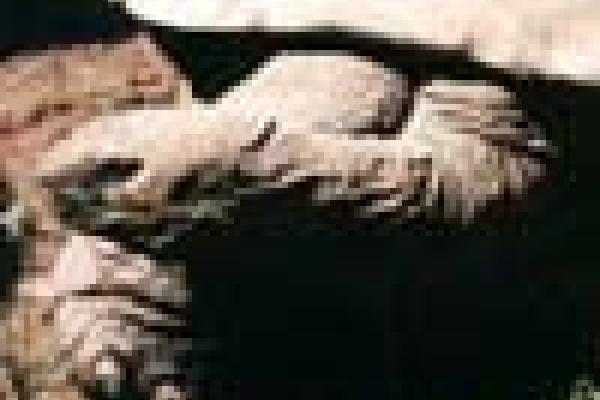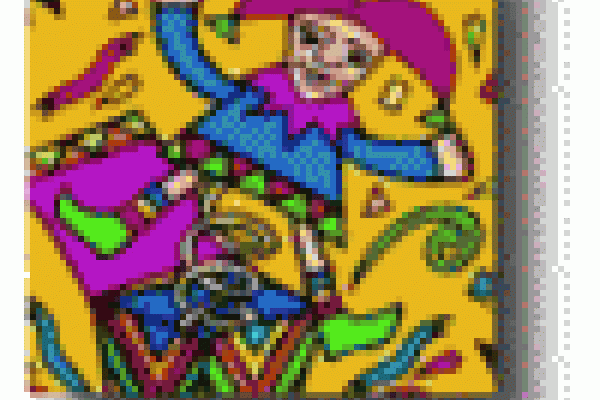Article


Mathematical mysteries: Zeno's Paradoxes
The paradoxes of the philosopher Zeno, born approximately 490 BC in southern Italy, have puzzled mathematicians, scientists and philosophers for millennia. Although none of his work survives today, over 40 paradoxes are attributed to him which appeared in a book he wrote as a defense of the philosophies of his teacher Parmenides.
